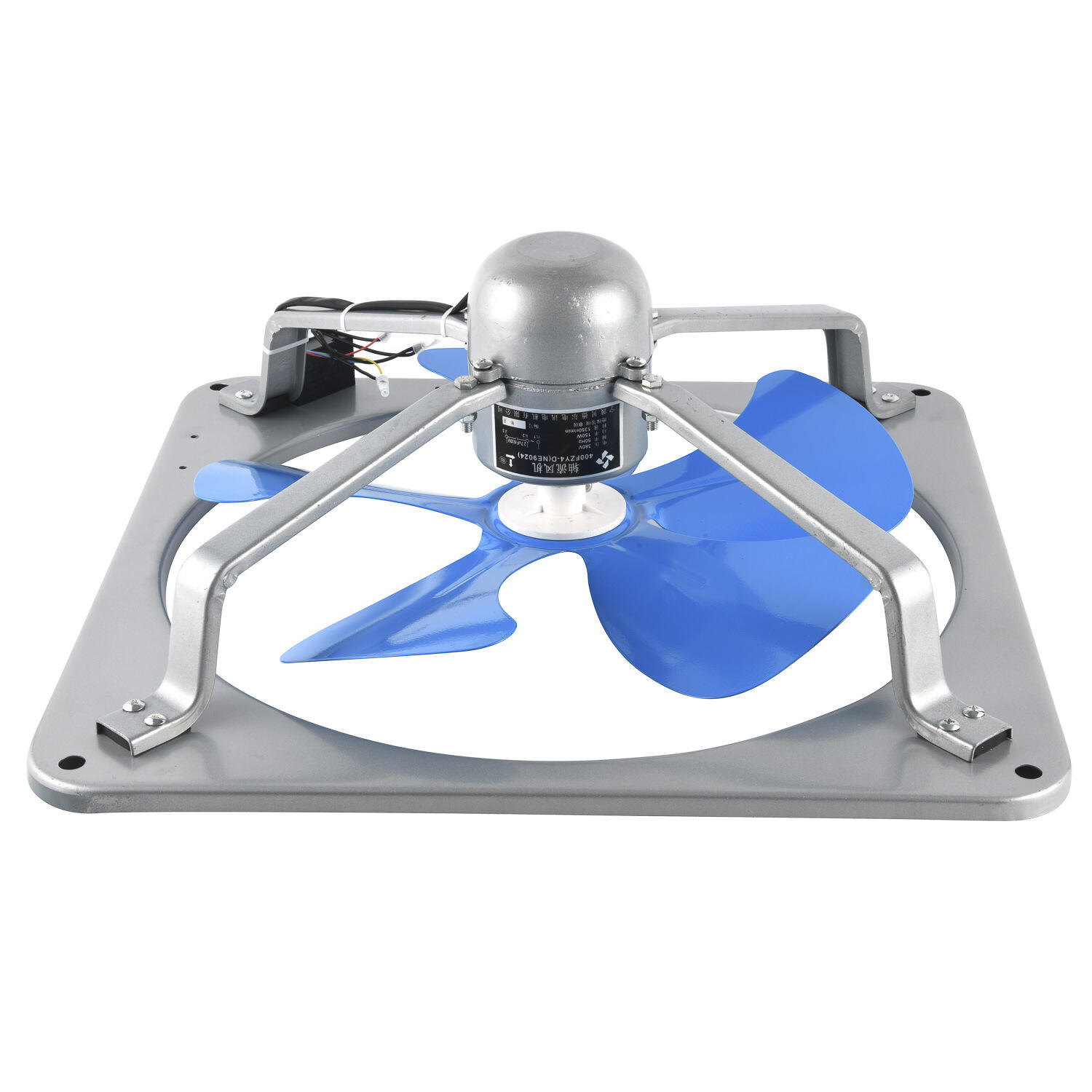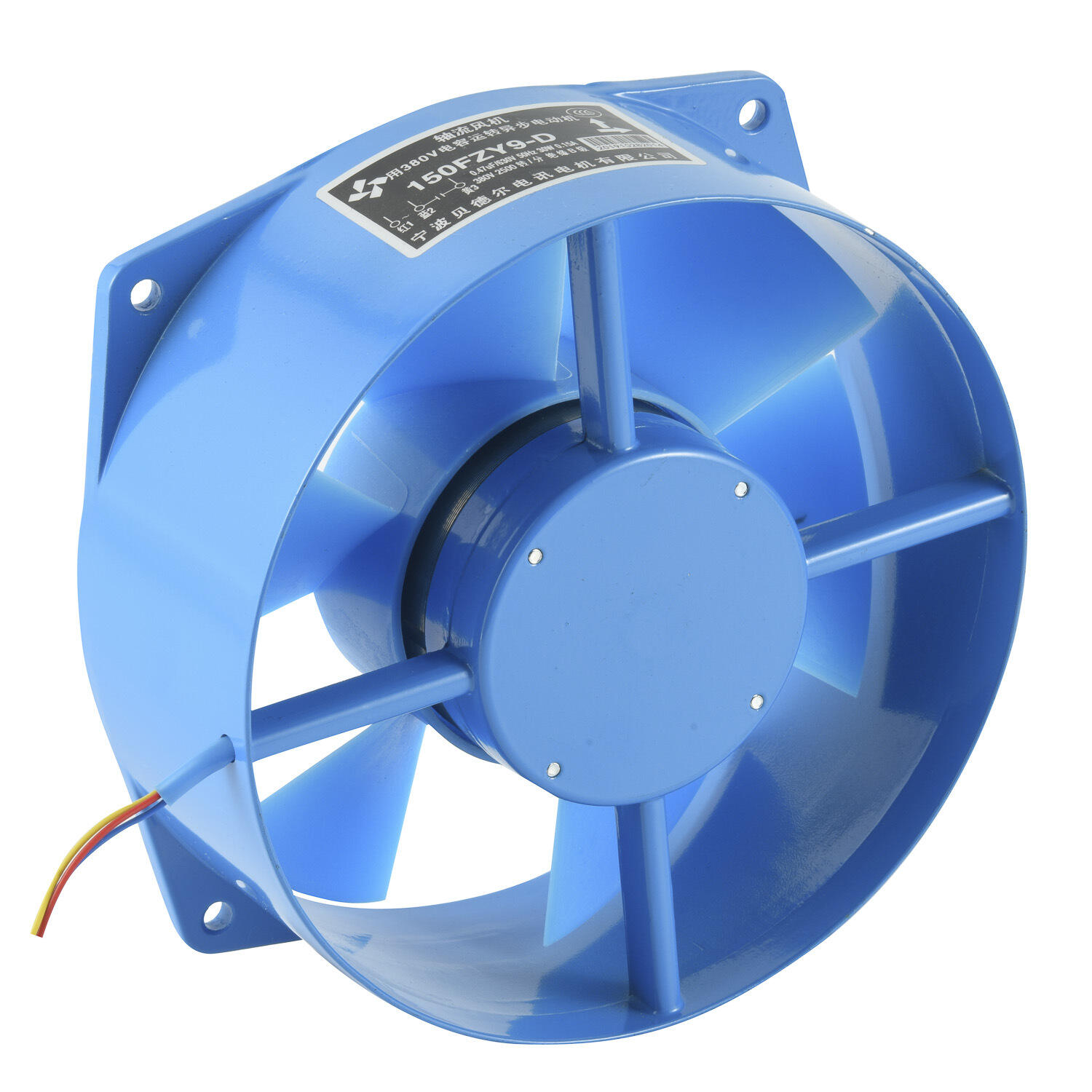gearbox oil level indicator
The gearbox oil level indicator is an essential monitoring device designed to provide accurate and real-time measurement of lubricant levels within gearbox systems. This sophisticated instrument combines precision engineering with advanced sensing technology to ensure optimal performance and maintenance of industrial gearboxes. The indicator typically consists of a transparent sight glass, measurement markings, and often incorporates digital sensors for automated monitoring. It enables operators to maintain proper oil levels, which is crucial for preventing gear wear, reducing friction, and ensuring efficient operation of the gearbox system. The device is engineered to withstand high temperatures and pressure variations while providing clear visibility of oil levels under various operating conditions. Modern gearbox oil level indicators often feature integration capabilities with automated monitoring systems, allowing for remote supervision and early warning alerts when oil levels fall below critical thresholds. These indicators are particularly valuable in industrial settings where continuous operation is essential, such as manufacturing plants, power generation facilities, and heavy machinery applications. The technology behind these indicators has evolved to include features like temperature compensation, contamination detection, and digital displays for enhanced accuracy and ease of monitoring.


